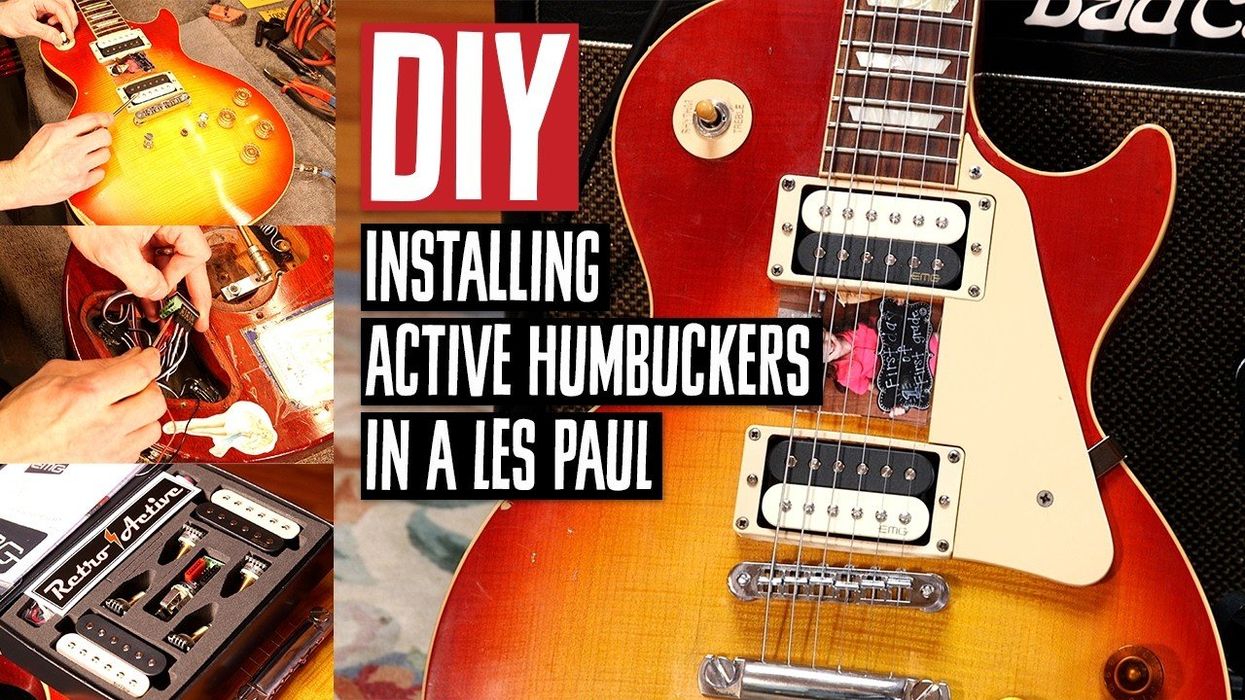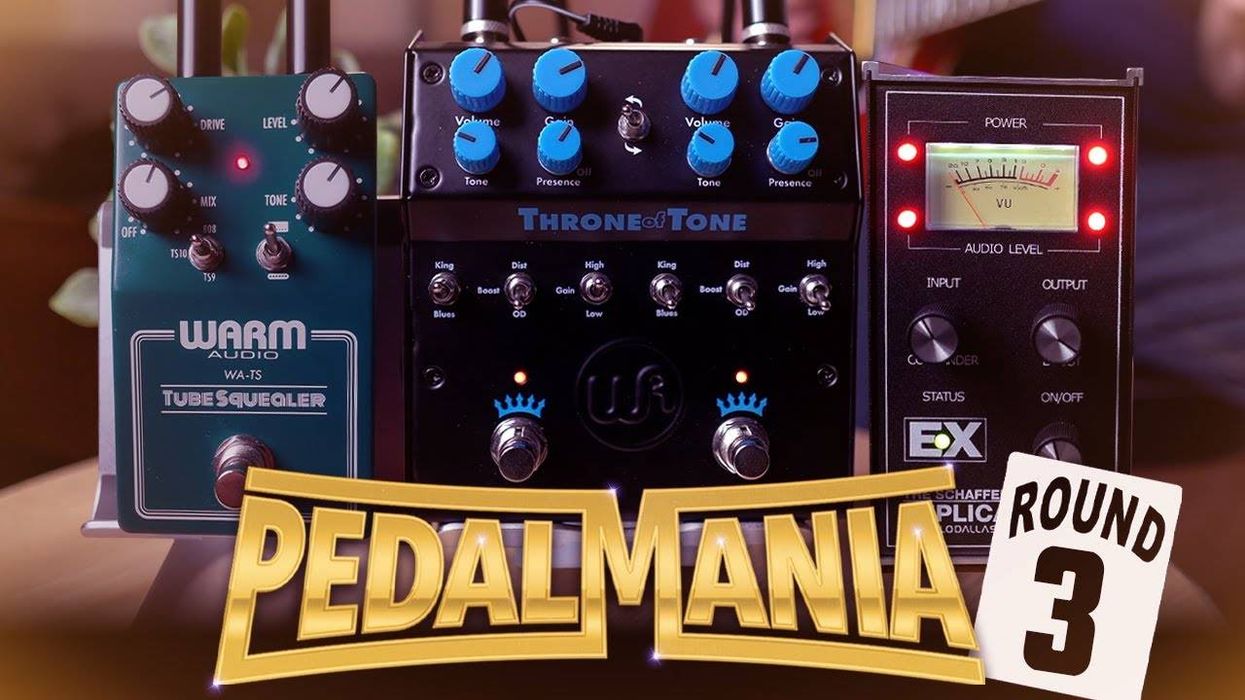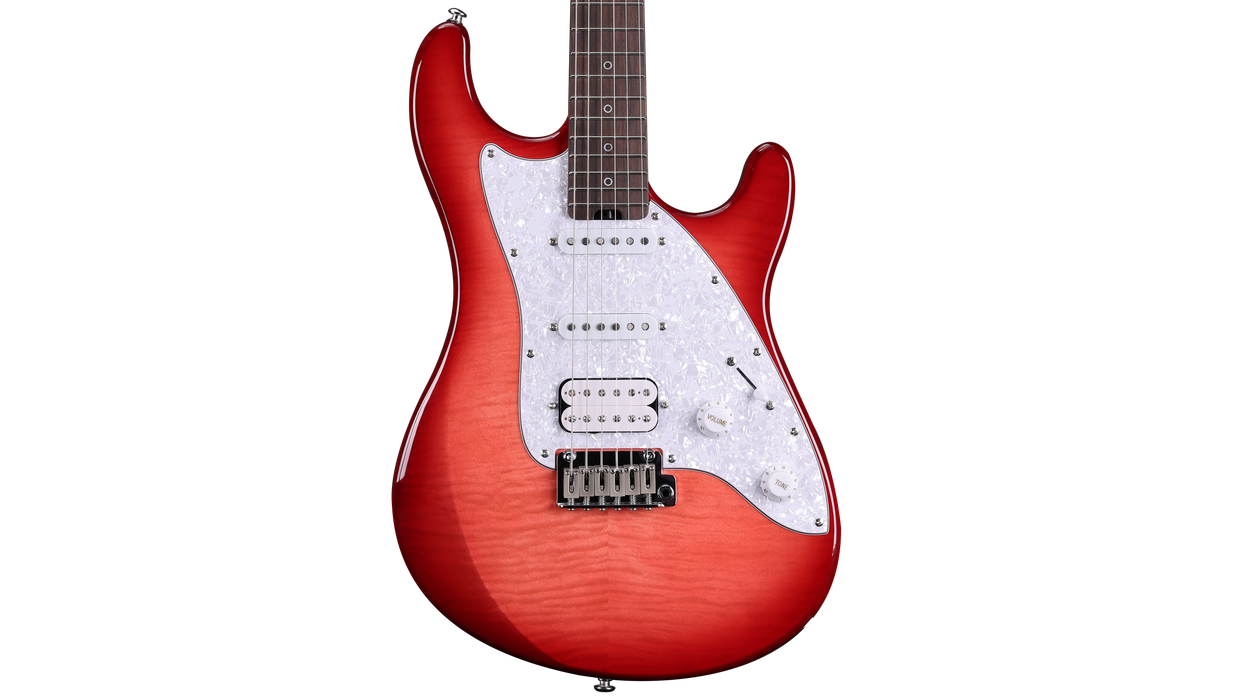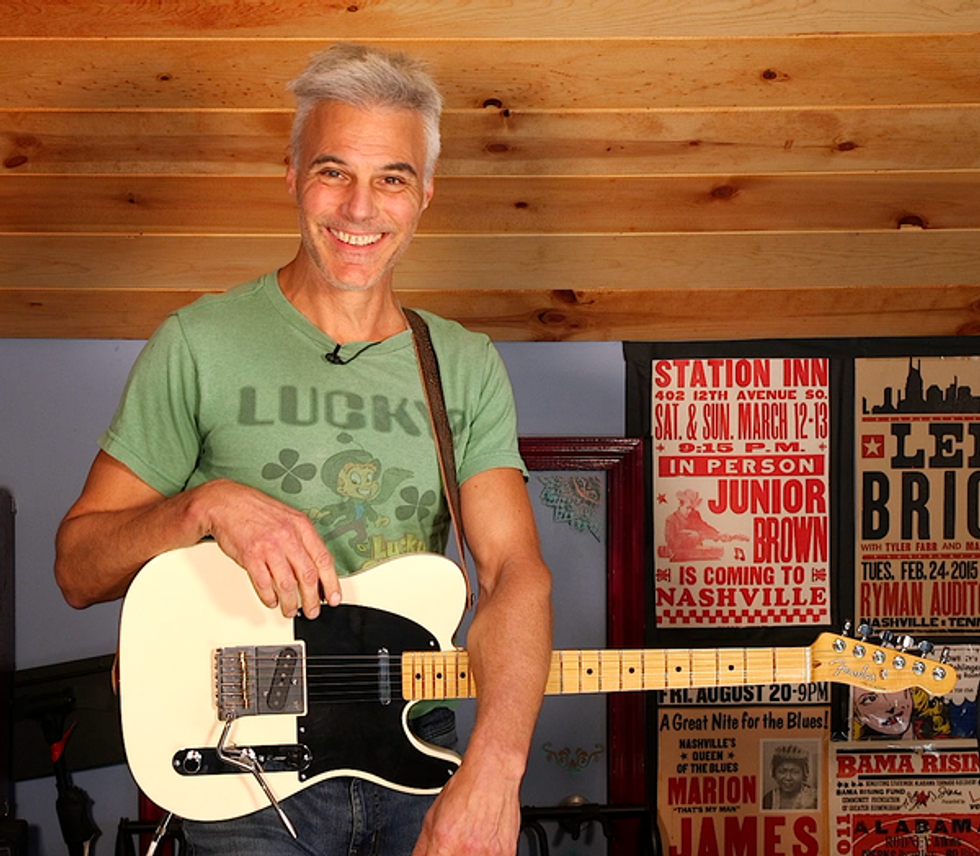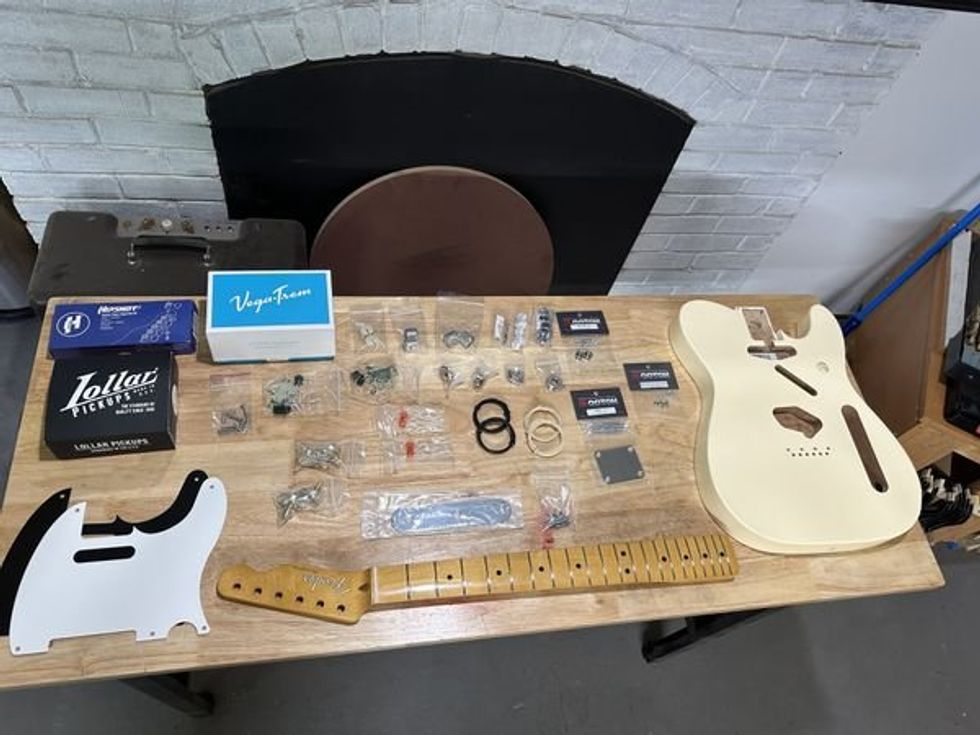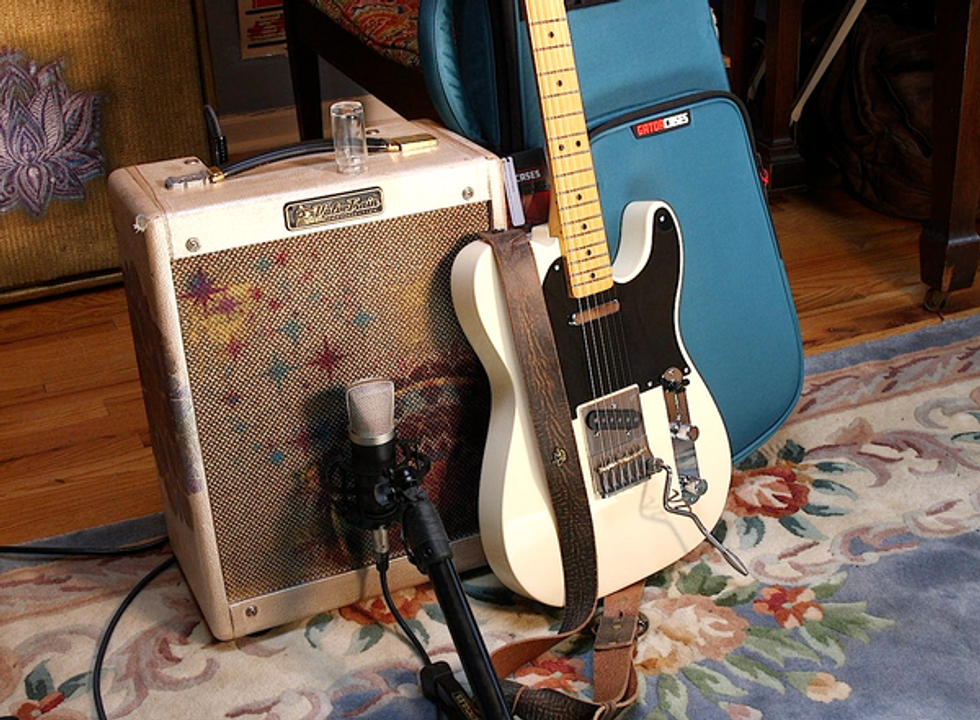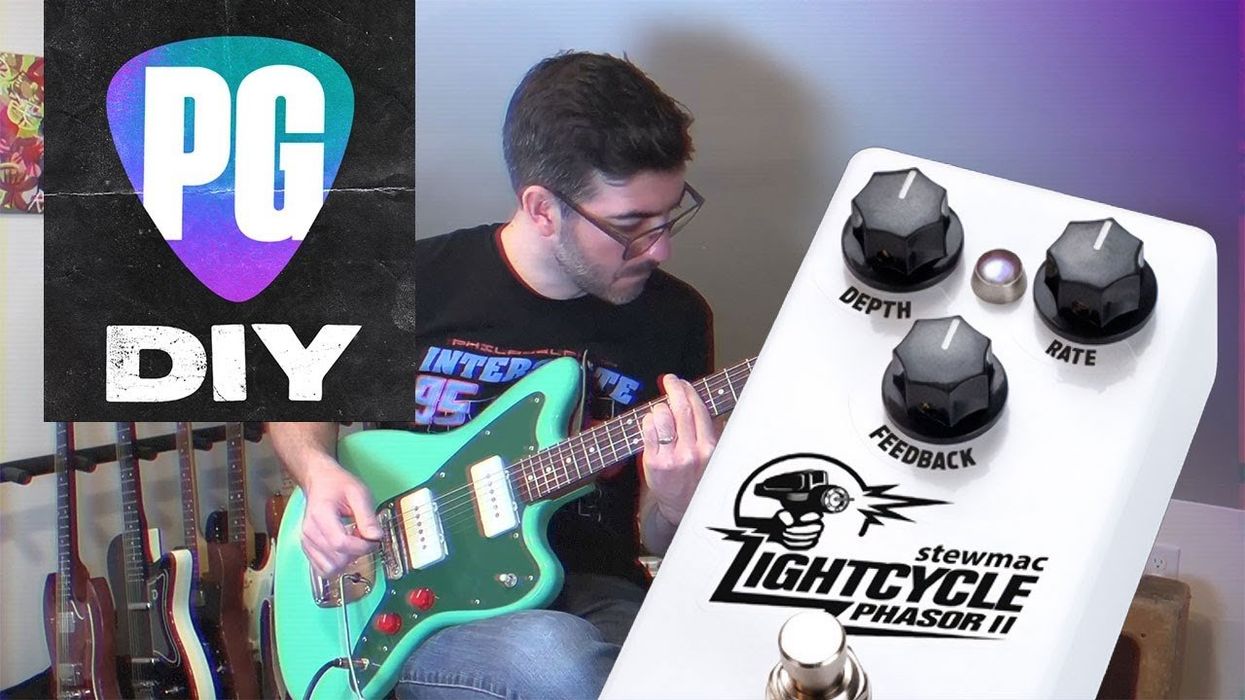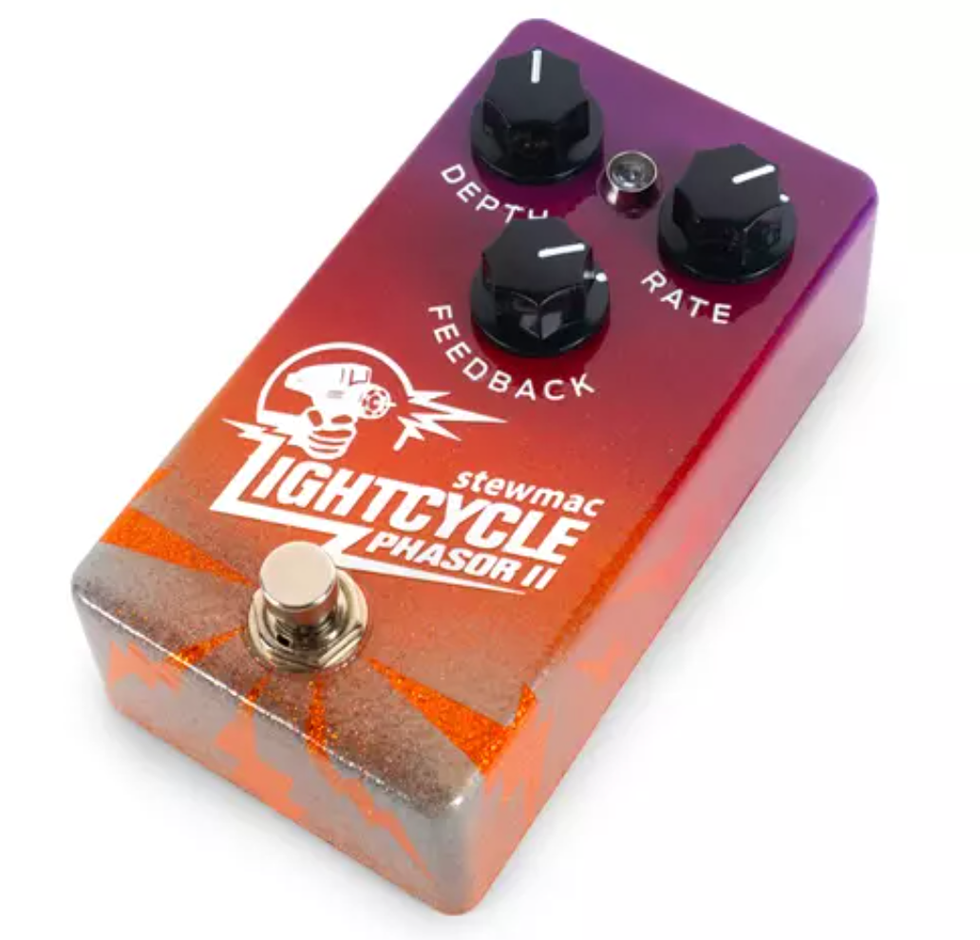PG's Nikos Arvanitis explains and demonstrates the individual sonic qualities and contrasting characteristics of the most-used modulation effects on guitar by citing the Police, Heart, Prince, Nirvana, Whitesnake, and Pearl Jam.
Mastering Modulation: The Distinctive Sounds of Chorus, Phaser, Flanger & Vibrato
DIY: How to Use Flanger, Chorus, Phaser & Vibrato on Guitar — Plus Modulation in Modern Music!
By Nikos ArvanitisMar 11, 2024
Nikos Arvanitis
Nikos Arvanitis is based in Athens Greece. His degree in statistics wasn’t enough to keep him from pursuing a career in abusing guitars and trying to fit too many pedals on a medium-sized board. Apart from participating in a number of musical projects and working as a session guitarist, he spends most of his free time wearing boxing gloves and receiving therapy from his dogs.



